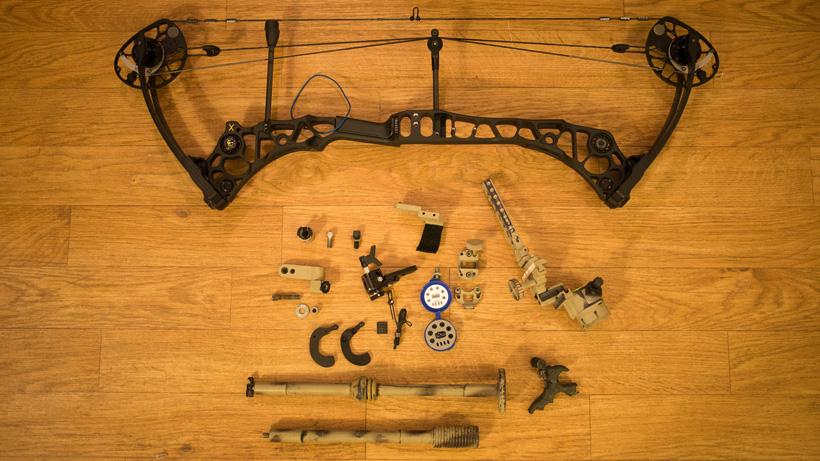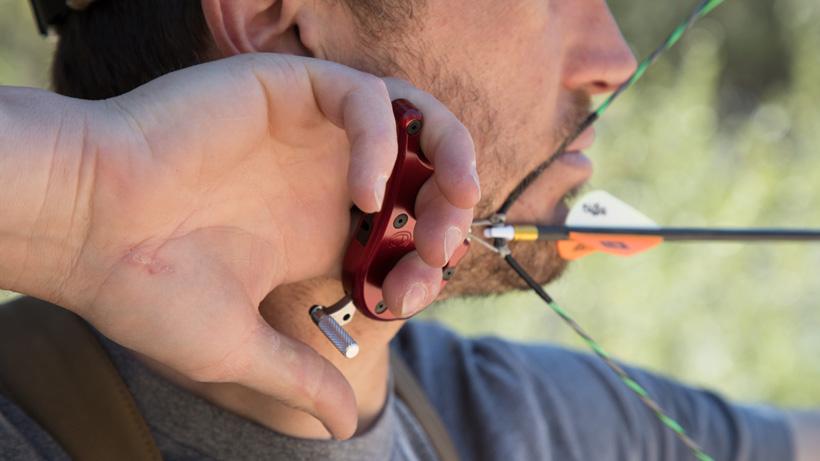






Bowhunting has taken the western hunting world by storm, possibly due to social media influencers, but also because of the attractiveness of the elk rut, the mild weather that coincides with bow season, and the primitive aspects of bowhunting, but mainly because bow hunting is a blast. For many experienced bowhunters, we take our knowledge for granted and may have shot a bow all of our lives; however, bowhunting can intimidate a new hunter. New bowhunters question what bow to purchase, what is the difference in arrows, and how far is too far to be able to shoot. This article helps answer some of those questions and enables you to get started on the right path to becoming a bowhunter in no time.
No matter how old you are, how many years you have been hunting or how much pride you might have, a bowhunting mentor will be the quickest and best way to get you started down the right path. There are many intricate details of bowhunting that are often not thought about and having someone tell you the correct way or at least tell you the right path will be a huge help. It is easy to become frustrated if you pick up a bow and barely hit the target, but a mentor can help direct your learning. Some mentors may even take you to an archery shop they trust or on a hunt with them. You may be thinking, “Where
do I even find a mentor?” If you do not have any friends in the archery world, that is okay; finding a mentor will not be too difficult. I would start by talking to a local bow shop, calling a local parks and wildlife office, or asking some of your hunting friends for a recommendation. A bow shop technician may be able to point you in the direction of clubs, sign you up for beginner lessons, or even help you out themselves. Calling local parks and wildlife offices may help you find an archery class or archery safety course that will surround you with like-minded people. There may also be a friend of a friend who shoots a bow and is willing to help you land on your feet. Worst case scenario: There is a lot of self-help on the internet and YouTube will help you get the basics down. However, working one-on-one with a person will be better for your growth.
The first step in archery hunting is selecting gear that works for you. Specifically, a bow that fits you, complete with a site and rest, a release, and some arrows. When selecting a bow that is right for you, there are three main aspects to keep in mind. The first one is the year of the bow. Though they have been making compound bows for decades, I would highly recommend that you start with a compound bow made in the last five years. Bow manufacturers have not made any significant strides in bows over that timeframe, so you can get some outstanding deals on used bows that are just a few years old. Second, you will then need to determine its draw weight range.
The draw weight is the weight at which a shooter needs to pull in order to draw a bowstring back into a firing position. More weight equals more speed for your arrows, which results in a flatter arrow trajectory and more kinetic energy upon impact. Bows typically have 10 lbs of adjustment though some bows can adjust upward of 50 pounds of draw weight from 15 pounds up to 60 or 70 pounds. If you have a bow that is less than five years old, your bow will have something called “let off,” which means that you will be holding a small percentage of the weight once you are at full draw — usually 15% to 3% of the draw weight. This allows you to be steadier when aiming. Overall, you want a higher draw-weight bow, but you also want to be able to pull it back to practice repeatedly, so be realistic or buy a bow with an extensive draw-weight range so you can adjust it as you get stronger. The third aspect that you need to look at is your draw length. Some bows have a wide range of adjustments, but some are built for an exact draw length. Check out YouTube or go to a bow shop to determine your draw length.
A release is a mechanical mechanism that you hold in your hand and attach to the bowstring when you are ready to draw it back. Once you are drawn back, you activate the release and “release” your string, sending your arrow into flight. Over the past few decades, releases have come a long way with many technological advancements and different trends among bowhunters. A few decades ago, most hunters shot their bow with either their fingers, a string, or a caliper-style wrist release. The caliper was released with your index finger the same as pulling a trigger on a gun. Today, there are back tension releases, thumb releases, index finger releases, and more. Overall, the most important choice you need to make is whether you want to use a wrist release or a handheld release. To make this decision, you need to decide if you’re going to shoot a caliper, thumb release, or hinge-style release. To make this decision, I would talk to your local bow shop because they usually allow you to try out a lot of releases until one feels right. This will save you some money. If you do not have that option, then a nice quality wrist strap and caliper release would be a good starter release for any bowhunter.
The arrows are a little easier to select since the most important factor is spine strength, which is the measurement of stiffness and length. Arrows always have a number on them that corresponds to the draw weight. You need to pay attention to that and make sure the arrow is capable of being shot at your draw weight or future draw weights. The arrow needs to be of enough spine strength and weight to be able to withstand the transfer of the energy coming out of your bowstring as you fire it. An arrow made for a lower draw weight will not withstand the bowstring’s energy and may bend or cause your bow to feel like it’s dry firing. Dry firing is when you shoot your bow with no arrow. This can be very dangerous and is a big no-no in the archery world because it can cause your strings to come off and break and cause the limbs of your bow to snap. Find an arrow that has the right spine strength for your bow and have the arrow cut to the correct length for your bow. Then, you should be in good shape.
Now that you have a solid mentor, a good bow shop, a bow, release, and arrows that work for you, you are officially an archer. The following steps, which I will cover in part 2 of this article, are to get your bow setup, start practicing, determine your effective range, and understand ethical hunting shots. Once you master all of these skills, you will transform from an archer to a bowhunter and be ready to bring home meat to your family — the same way people have been doing it for thousands of years.